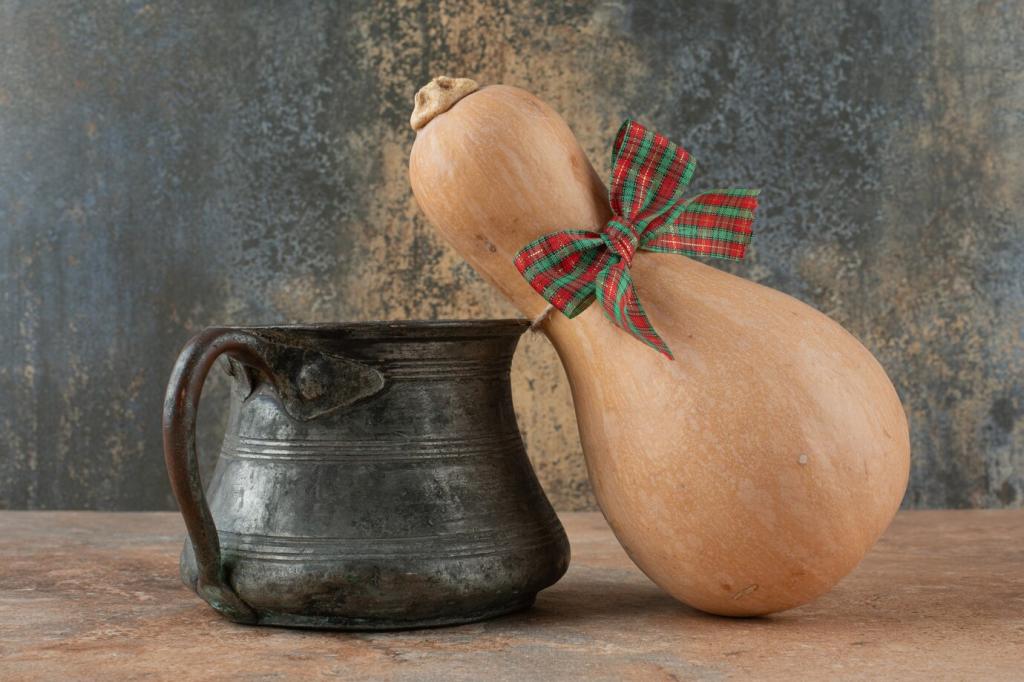
Cleaning and Preserving Antique Wood
Antique wood pieces carry a legacy of craftsmanship and history, making their maintenance both a responsibility and an art. Whether you’re a passionate collector or a novice enthusiast, understanding the nuances of cleaning and preserving antique wood is essential to safeguarding both its beauty and value. This guide provides detailed advice on gentle cleaning, preventative care, and restoration best practices tailored specifically for treasured wooden antiques.
The Nature of Antique Wood
Unlike contemporary woods, antique wood presents distinct preservation challenges due to its age, porosity, and possible exposure to a range of environmental factors over decades—or even centuries. The wood’s cellular structure may have changed, becoming more brittle or prone to cracking. Understanding these vulnerabilities is key to selecting safe cleaning methods, as harsh chemicals or excessive moisture could cause irreparable damage. Preservation starts with a deep appreciation for the characteristics of each piece and avoiding anything that might disrupt its integrity.
Value and Significance
The value of antique wood is determined not just by the type of timber, but by the craftsmanship, provenance, and the patina it has developed over time. This patina—the soft sheen resulting from both use and deliberate finishing—cannot be replicated. Restoring antique wood is not about making it look new, but about conserving its unique history. Each scratch and mark often tells a story, so recognizing what enhances its story rather than erases it is paramount.
Cleaning Techniques for Antique Wood
Gentle Dusting Approaches
Dust can accumulate subtly, becoming abrasive and even attracting moisture that threatens wood over time. The best approach to dusting is frequent, light attention using a soft, lint-free cloth or a fine brush. Abrasive materials or excessive force should be strictly avoided, as they risk abrading the delicate finish and revealing raw wood beneath. Consistent, gentle dusting reduces buildup and minimizes the need for intrusive cleaning, preserving the existing patina.
Avoiding Moisture and Harsh Chemicals
Moisture is the arch-nemesis of antique wood. Cleaning solutions containing water, alcohol, or ammonia can penetrate and destabilize the wood’s fibers, leading to swelling, warping, or discoloration. Instead, focus on dry or slightly dampened methods using mild, pH-neutral products designed for antiques. Any accidental spills should be blotted immediately and the area thoroughly dried. Keeping cleaning solutions mild and applying them conservatively is essential to prevent lasting damage.
Addressing Stubborn Stains
Even with care, antique wood sometimes presents stains from water, ink, or old polish residue. Attempts to remove these should always be minimal and reversible. Specialized wood soaps or custom blends designed for antiques can sometimes help, but aggressive scrubbing or commercial stain removers should be avoided. In persistent cases, consulting a professional conservator is wise to prevent unintentional harm. Accepting some imperfections is often preferable to over-restoration.
Preventative Care and Maintenance
Antique wood is highly sensitive to shifts in humidity and temperature. Fluctuations can cause expansion, contraction, and eventual cracking. Positioning pieces away from direct sunlight, radiators, and unregulated heating or cooling sources protects against fading, drying, and warping. Using humidifiers or dehumidifiers to stabilize humidity levels within a safe range, ideally between forty and sixty percent, provides crucial protection for the wood’s internal balance.
